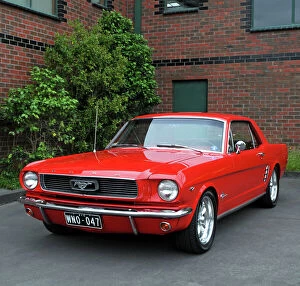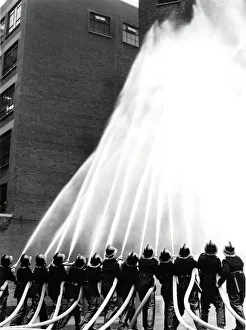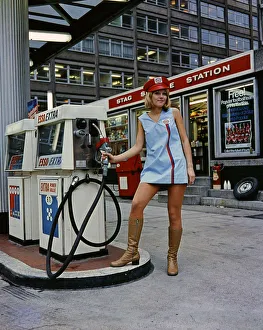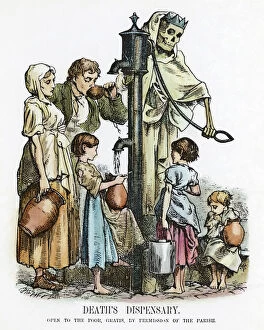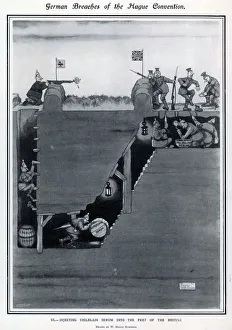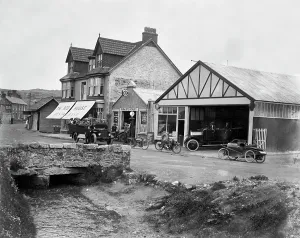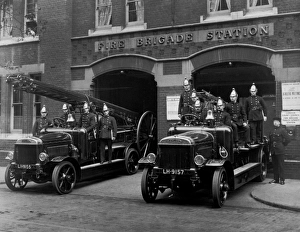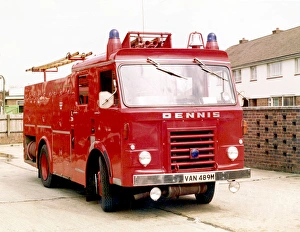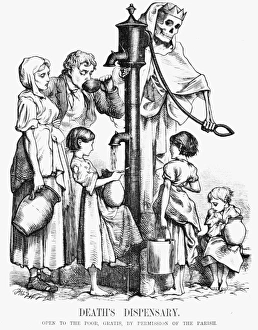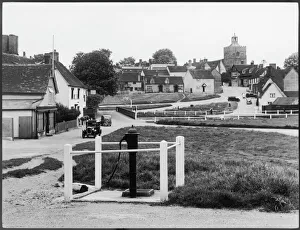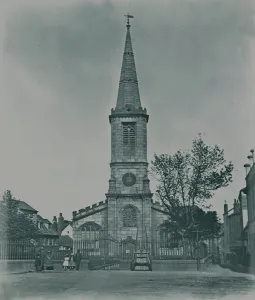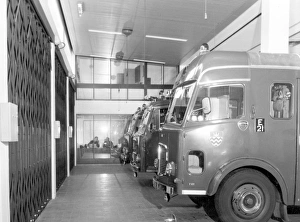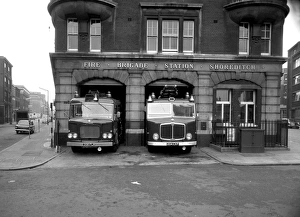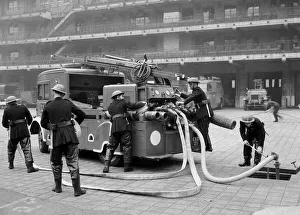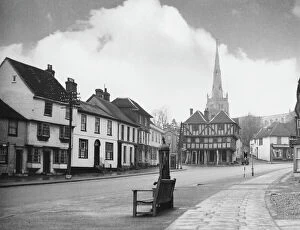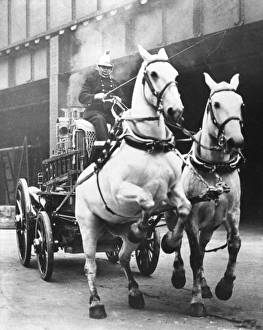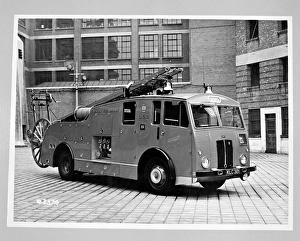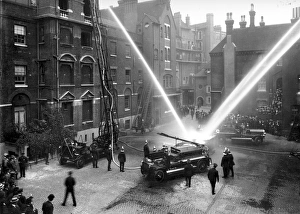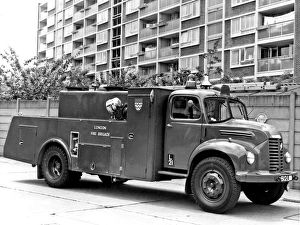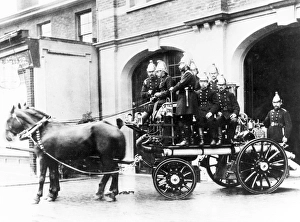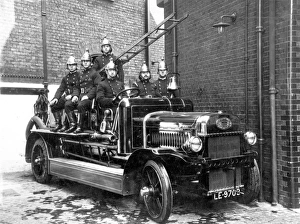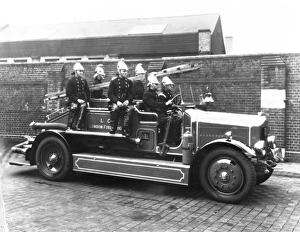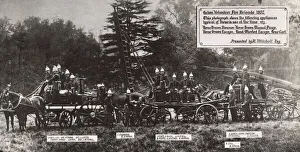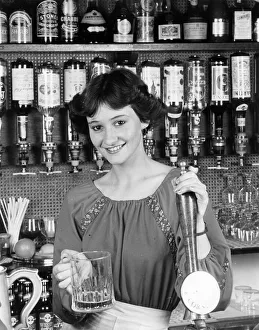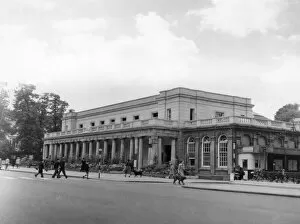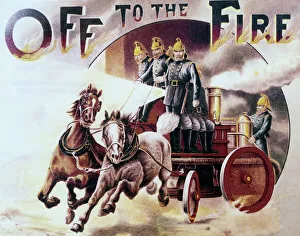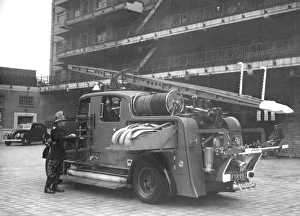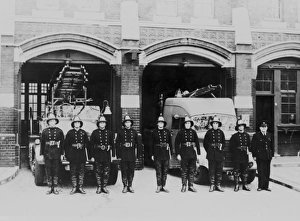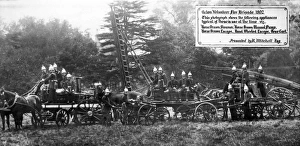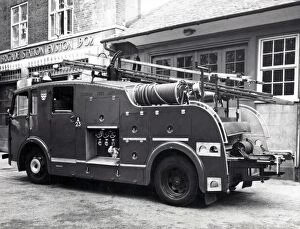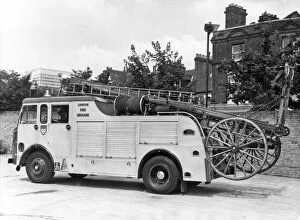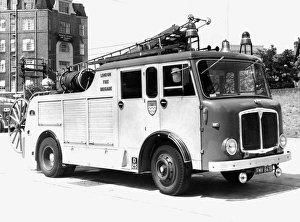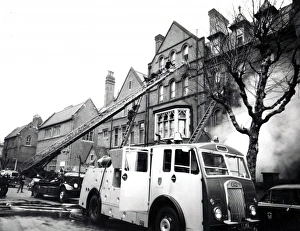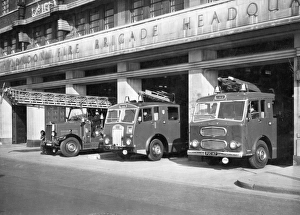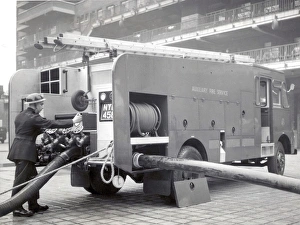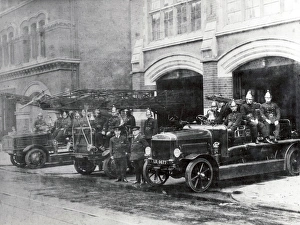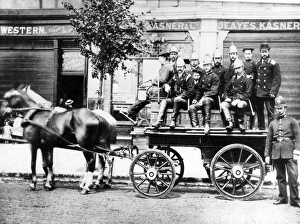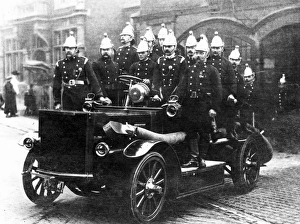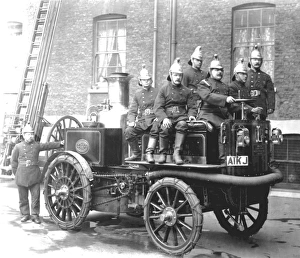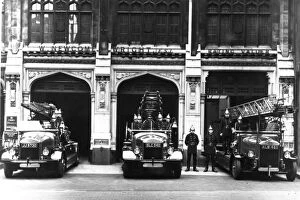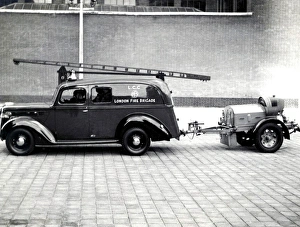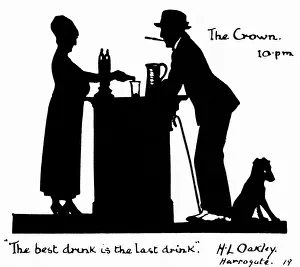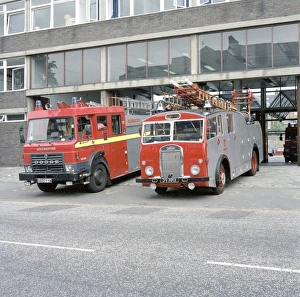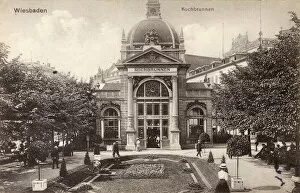Pump Collection
"Pump: A Journey Through Time and Innovation" Step back in time to 1911, in the charming town of Leamington Spa
All Professionally Made to Order for Quick Shipping
"Pump: A Journey Through Time and Innovation" Step back in time to 1911, in the charming town of Leamington Spa. The streets buzz with excitement as a vibrant red beauty roars past - a 1966 Ford Mustang Coupe in Signalflare Red. Its powerful engine echoes through the air, leaving onlookers captivated by its timeless allure. But let's not forget that pumps have played an essential role beyond just automobiles. In London, during the annual review of the Firefighters and hoses at Lambeth HQ LFB150, we witness their heroic efforts to combat fires and protect lives. It reminds us of an insightful 1866 cartoon called "Deaths Dispensary, " which highlighted water pollution as a source of disease - emphasizing how crucial clean water is for our well-being. Intriguingly, even inventions like pumps faced rejection by the Inventions Board IX - Heath Robinson. However, this setback didn't deter progress; instead, it fueled innovation further. Enter the Bedford Heavy Unit in the NFS (London Region), showcasing resilience and determination. The journey continues to Tooley Street fire station where crews from LCC-LFB work tirelessly to keep communities safe. Their dedication is matched by those at Shoreditch fire station in Hackney under GLC-LFB's watchful eye. Venturing outside London takes us to Finchingfield, England - picturesque scenery blending harmoniously with history. Here lies Red House Restaurant and Donald Healeys Garage around 1925—a testament to how pumps serve various industries beyond firefighting. As we conclude this captivating journey through time and innovation surrounding "pump, " one thing becomes clear: whether it be roaring engines or life-saving equipment, pumps have left an indelible mark on our world throughout history—forever driving progress forward.


